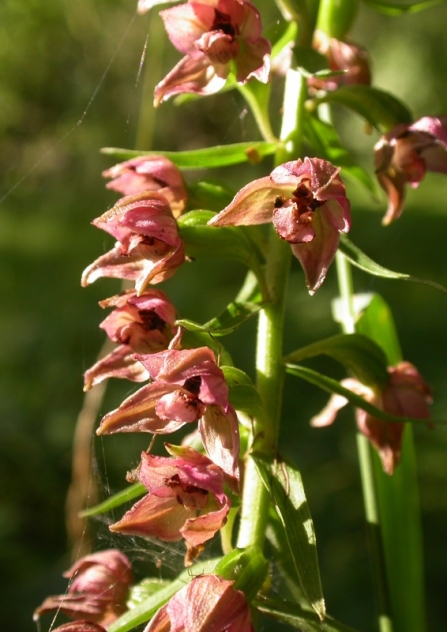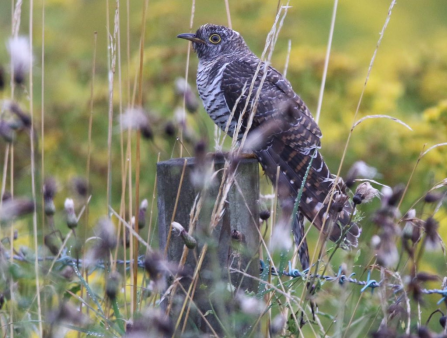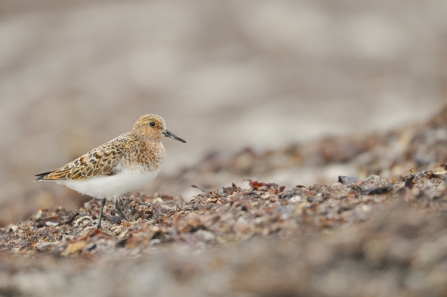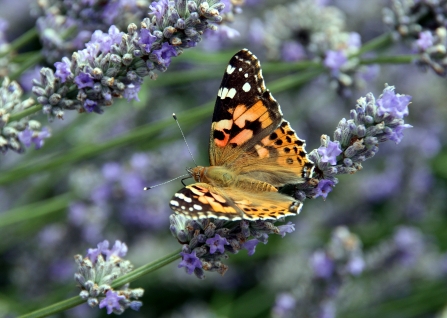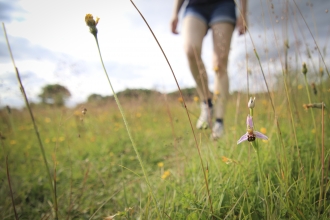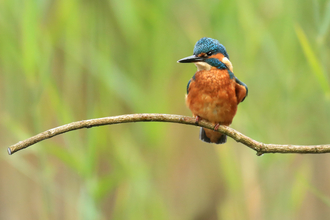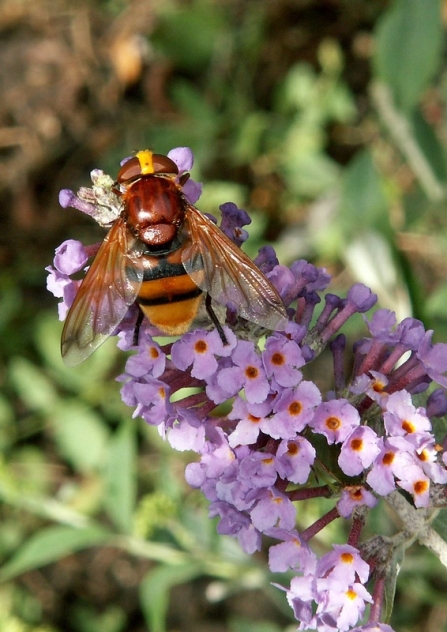
Hornet hoverfly by Joan Burkmar
Mere Sands Wood
There was a wonderful mix of wildlife sightings at Mere Sands Wood in Ormskirk, with some really interesting insects to see. Eagle-eyed visitors spotted migrant hawker dragonflies and the impressive hornet hoverfly. This large hornet mimic is harmless, using its alarming appearance to keep predators like birds at bay. It was once confined to the south of the country in small numbers but is now spreading northwards; a possible effect of climate change.
As usual, the birds of Mere Sands Wood put on a show. A green sandpiper was spotted from the hides, sparrowhawks and tawny owls were seen in the woods and a kingfisher flitted between pools. More wonderful still were the great white egret and little egret seen fishing side-by-side, offering a great opportunity for visitors to compare and contrast what sets the two species apart. Little egrets have a black bill and yellow feet, while great white egrets – aside from being much larger – have a yellow bill and black feet.
Towards the end of the month Mere Sands Woods’ forest floor began feeling much more autumnal, with puffballs and earthballs emerging from beneath the leaf litter. It won’t be long before even more fungi join them!
Brockholes Nature Reserve
It was a month of firsts for Brockholes! Two new bee species were spotted on our Preston nature reserve for the first time: Davies’ colletes bee and the black-horned nomad bee. The former likes feeding from yarrow and tansy, while the latter is more common on southern heathland sites, so it’s really unusual to see one at Brockholes.
Brockholes’ next ‘first’ was a long time coming… an osprey finally landed on the osprey platform! It’s the first time since the platform was erected (back in 2013) that a visiting osprey has actually landed for a rest, and though the bird landed on the perch rather than in the nest itself, we’re hopeful it might return next year to raise a feathered family. The osprey was seen fishing in both Meadow Lake and Number One Pit, so it’s clear the reserve has everything this species needs.


